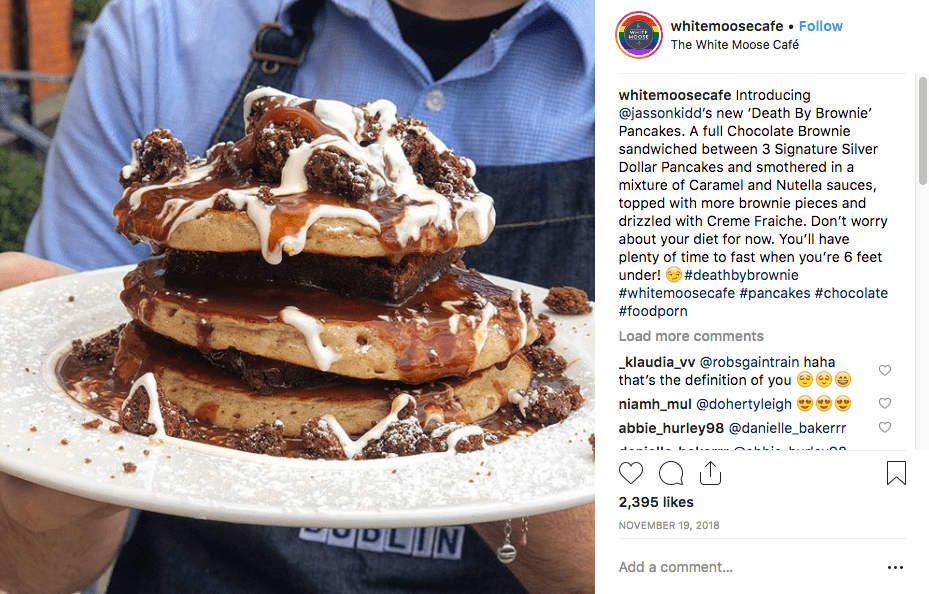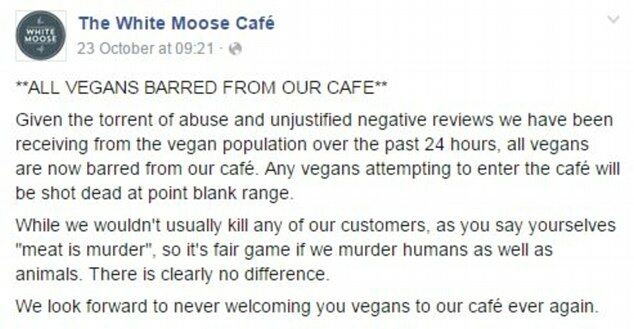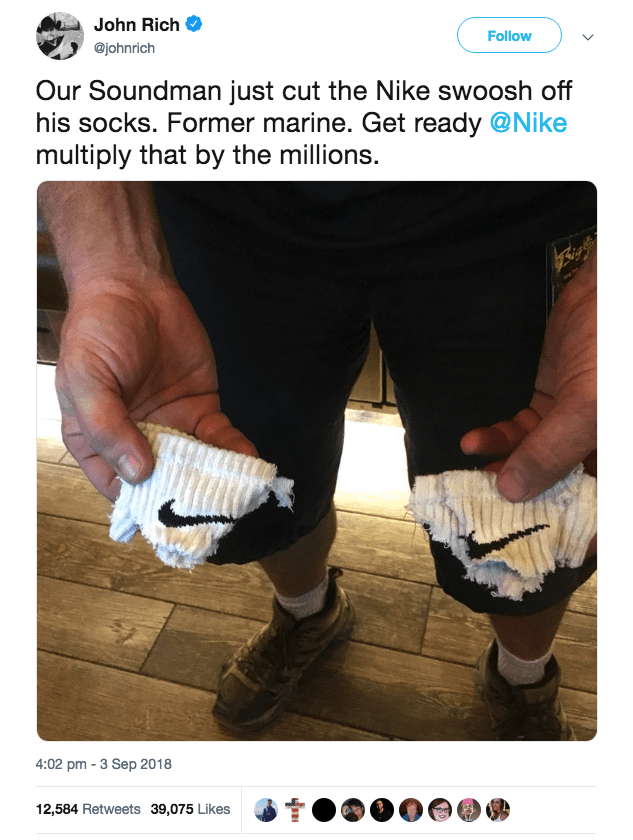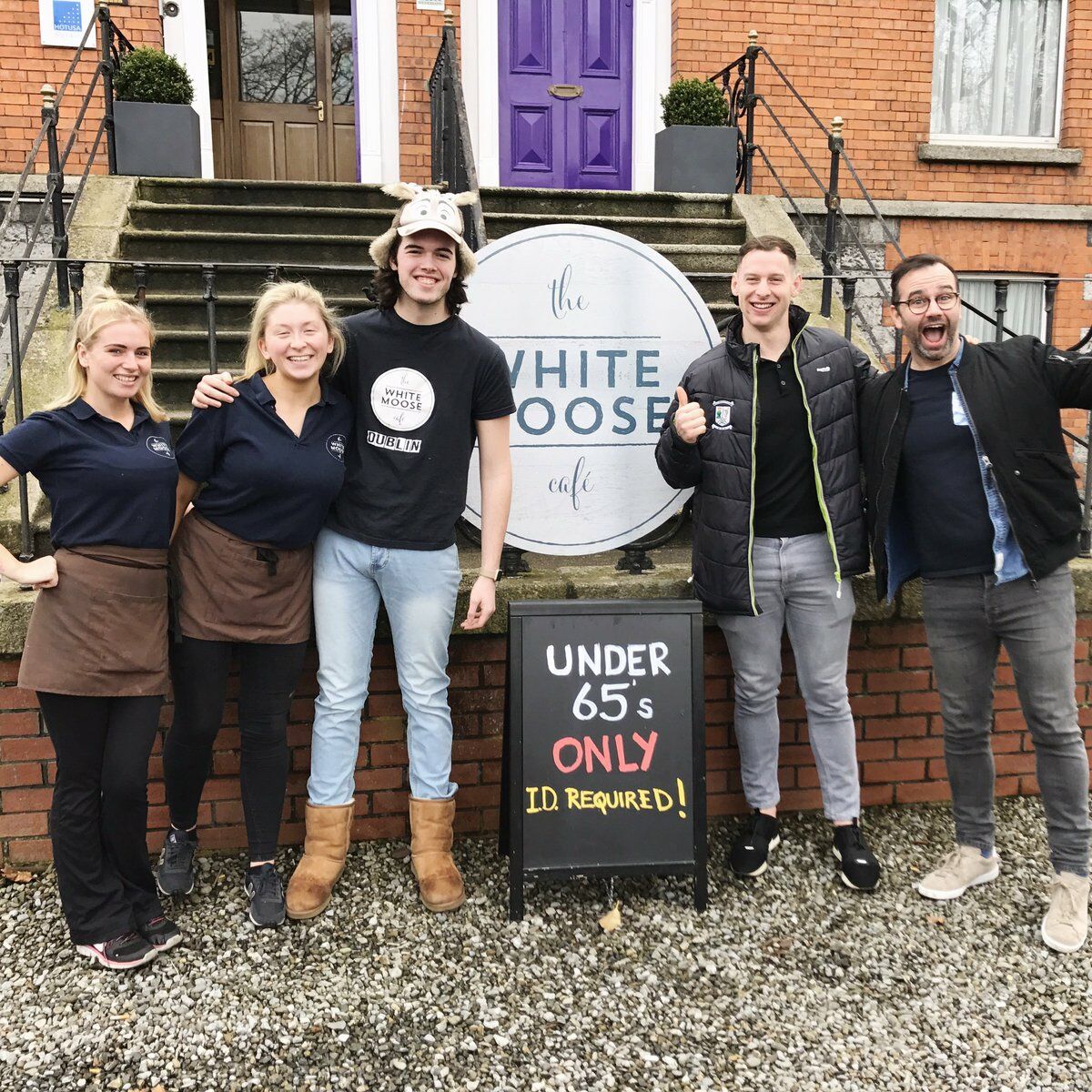Stop us if you’ve read this one before:
- The customer is always right.
- You get more flies with honey than with vinegar.
- Tart words make no friends.
- Treat others as you want to be treated yourself.
- Trust no-one who doesn’t like pastizzi (okay, this one we made up, but we still stand behind it. If you don’t see the God-given glory of butter-drowned flaky pastry smothered in cheese, we need to have a nice sit down to discuss why you’re wrong).
The rest of those phrases, though, are the Customer Service battle-cries. They are monologued by bosses to their employees every time a customer looks like they’re thinking of kicking up a fuss. Customer service practices are still very 1950s; customers could do what they liked then, as cellphones weren’t a thing, and there was no-one to video a meltdown at a restaurant over a misplaced order. Back then, ‘the customer is always right’ underpinned a lot of the interactions between business owner, business worker, and business user:
- Owners afraid of the Power of the Customer use it to keep their client base happy.
- Workers afraid of their bosses use it to keep lower workers in line.
- Users who want free stuff use it to get free stuff, hell or high water notwithstanding.
The thing is, though, it doesn’t always work, and that’s where Outrage Marketing comes in.
Outrage Marketing
You’ve seen outrage marketing before. Everyone has seen outrage marketing before. Outrage marketing is a deliberate attempt by businesses themselves to cultivate a ‘take no shit’ attitude that scorches every client who WOULD like to use that coupon that expired in 2006, thank you. It is the reverse-double-dip-mind-game manoeuvre that takes ‘the customer is always right’, and throws it off a cliff. Outrage marketing builds on the fervour that social media can ignite when a cause people feel strongly about is brought under attack. It’s a way of flipping over the table, drilling buckshot through it, and trying to attract like-minded people to also flip over tables and pump it full of buckshot, because your business keeps it real.
Used cleverly, it’s an insanely good tactic. People are always ready to ride or die for their causes, so whether you agree with them or not, getting engagement through rage can kick your numbers up so far so fast that you’ll find it hard to keep up.
(Disclaimer: we’re not condoning actual table-flipping, shotgun shooting, or berating customers because you read it somewhere on the internet. Please don’t contact us telling you took our advice literally and now you’re a ‘person of interest’).
Pics, or it didn’t happen, right? Here are some examples of the way outrage marketing has worked for the following businesses.
The White Moose Cafe
The White Moose Cafe is the ‘only 5-star restaurant on Planet Mars’, and they don’t do anything low-carb or high-protein, so if your New Year’s Resolution is to eat better, you can ___ off. Decaf coffee is banned (in this case, we agree), drinking non-alcoholic beer is punishable by death, and if you don’t like gluten you can’t be friends (with the White Moose Cafe, whose menu is built on the cornerstones of ‘gluten? I hardly know them!’). They’re housed inside the Charleville Lodge, a budget hotel provider that gives you what you pay for, i.e. a place to sleep, a place to eat, and staff which are trained in martial arts, so don’t try any ____.
Getting from the cafe to the city centre is not recommended, but if you want to go, the hotel and the cafe would like to reassure you that the town only resembles the set of the Night of the Living Dead, and therefore any reports of zombies have been greatly exaggerated.
Why are they important, beyond the silver dollar pancakes that look like this?

Well, they have pissed off everyone, and simultaneously, their popularity has ballooned. Their biggest ‘yikes’ moments have turned the tides to pull, not push, clients towards them. It helps that owner Paul V. Stenson has a hilarious, irreverent way of writing that makes it easy to understand hyperbole is the mother of a joke – however, for those ready to get offended anyway, it provides an outlet.
For the rest of the world, it provides entertainment.
The White Moose Cafe Bans Vegans
The White Moose Cafe’s reached notoriety with its ‘ban on vegans’, which snowballed with this post:
Vegans went into an uproar, leading to:

Look, nobody likes bad publicity, but when you make it work for you, it’s a powerful, powerful weapon. Paul Stenson made it work for him, and the vegan ban elevated his cafe. The Venn Diagram of people who like the White Moose Cafe, people who hate vegans, and people who appreciate a little humour is a circle.
They then posted an apology:
News sites picked it up and ran with it, and whether they were aware that it was a joke or not didn’t matter. People kept writing into the cafe, making pages, and sending abusive messages. However, people also kept reading the articles, writing on the page, and praising Paul V. Stenson’s way of Dealing With Shit.
What happened then?
Since then, the White Moose Cafe has also pissed off bloggers, after shaming an up-and-coming influencer who wanted to bargain a free stay in exchange for featuring the hotel in Youtube videos and Instagram posts, and its notoriety has grown.
Could this have gone really, really badly? Potentially, but so can getting out of bed.
The trick is realising that there will always be people to laugh at the ones who can’t take a joke. Outrage marketing is built on that tenet as much as it’s built on ‘employees first’. Outrage marketing is ‘if you can’t take a joke, you won’t like working with us’, and for the White Moose Cafe, it also worked to cull their clientele, raise their popularity, and bring like-minded people to their Instagram and Facebook page.
It’s funny, and people agree with it; no wonder it worked. Outrage marketing only works if you have a large subset of people who feel the same way about a specific subject – turn it into a joke, and all the better.
Gillette
Oh, Gillette. There’s no end to the stuff we can say about the Gillette advertisement (the message! The drama! The filming!) but let’s get right to the outrage bit: Gillette’s ad was the ad heard around the world for the first month of 2019, and all because it somehow managed to glean reactions from both side of the PC coin.
Gillette tried to tackle toxic masculinity. The underlying message is that ‘boys should be boys’ is a dangerous phrase to utter to influential young men, and that history and media is showing us that men can be better.
We get it; when brands try to take a stand on an issue while simultaneously promoting their products, it doesn’t always work out for the better. For example, LGBTQ rights groups lashed out at Disney pride-themed paraphernalia due to their lack of inclusive gay relationships in Disney works. In that case, Disney’s very much the kid who wants their cake and to eat it too – to say they’re for gay rights, while simultaneously reassuring their conservative fans that ‘but we support gay rights privately’. It’s not a position that many companies can take nowadays; you can’t please both sides of the equation, so some loss of profit is expected.
Gillette’s ad did not stick to both sides of the equation.
Self-avowed anti-snowflakes went into an uproar about the advertisement’s actual content. A lot of them took to social media to show themselves throwing out their Gillette-branded material.
Sound familiar? People did the same thing last year when Nike decided to use Colin Kaepernick for an ad.
Brief Explanation of Nike Controversy
(Quick recap ICYMI – Prior to every match, when the national anthem of the United States of America is busy thundering through the stadium, Colin Kaepernick kneels to protest police brutality against unarmed suspects.)
Nike signed him for their ad, building it on Kaeperick’s protest.
The tagline run with it was ‘Believe in something. Even if it means sacrificing everything. Just Do It!’ and in less than a month, Nike saw a $6 billion profit hike. The ‘boycott’ that avid Nike fans said they’d undertake might have manifested, but it went quietly unrecorded under the thunder of the ad’s effect. (Not to mention the contribution to the profit hike made by protesters themselves who actually bought Nike shoes to burn them.)

Back to Gillette
Gillette’s looking at something similar. The ad exploded into social media. And yes, okay, some people posted pictures of them throwing their razor blade in the toilet because they don’t like when brands try to tell them how to think.
Overall, however, it has increased Gillette’s audience.
Social issues and social media can no longer be separate. Gillette foresaw this, set the fuses, and let it blow. Despite the negative backlash, the responses have been overwhelmingly, hugely, monetarily positive.
Sotto Pizzeria
The examples we spoke about before are (largely) in larger countries, with larger populations. They’re above Malta’s brand of ‘you’re probably related to everyone on some level, or know someone who is’. The good thing about this? Yelp never really got a foothold on the Maltese islands. Tripadvisor is more a directory of where to go than whether you should go. However, outrage marketing can still work in Malta, where you can mention someone by first name only and still get a ‘oh, you know my cousin?’
Sotto Pizzeria went all out. The owner not revealed the reviewer as a former worker. Furthermore, the owner also said that, in his two-day career at the pizzeria, the reviewer ate six pizzas, and four tiramisus. On top of that, Fausto even told the world at large that the reviewer tried to hit on his daughter.
Sotto Pizzeria also updated their menu with the Maltese hit of 2018, the exorbitantly priced hairy pizza. Facebook users loved it, and the story was picked up by the national newspaper, diverting attention to the pizzeria. Plus, it resonated with people who were all for a bit of drama and gossip with their morning coffee. Fans of the pizzeria even came together to show some love for the maligned pizzeria, and invited other people to come and try their food.
(We have no idea if anyone actually took Fausto, the owner, up on his offer of hairy pizza).
What’s the takeaway?
Before you roll up your sleeves and get ready to insult your customers, you should be aware of the one correlation between these examples.
They are, roughly speaking, ‘in the right.
On paper, the Gillette ad denouncing toxic masculinity is speaking for the greater good; the White Moose Cafe facebook strikes a chord with small business owners; Sotto Pizzeria is the voice of fed-up people having to justify themselves in online forums.
Outrage marketing works, but as with any form of marketing, you need an end-message. You need a goal to align yourself on one side of history or the other.
These campaigns could have easily failed just as gone viral. It isn’t as easy as adopting a laissez-faire attitude and calling someone a bitch on Snapchat for asking for oat milk instead of regular milk.
You need to have a message, and it needs to be strong. You need to have people that agree with you.
The dissenters will come automatically, but when the lines are drawn, you need people on your side. If you’re championing social issues, then the focus needs to be on the social issue; Colin Kaepernick’s endorsement of Nike is an afterthought; there is no big ‘buy Nike’ message emblazoned in-between shots. The White Moose Cafe suffers no fools; particularly anyone who tries to fleece him or his cafe, or is rude to his staff.
White Moose Cafe gets through it with humour; Nike takes the high road; Fausto pulls up the gossip.
The numbers roll up, and up, and up.
But before you can do all that – before you can take that stand, draw those lines, pick your side of history – you need a story.
Everything else comes after.




